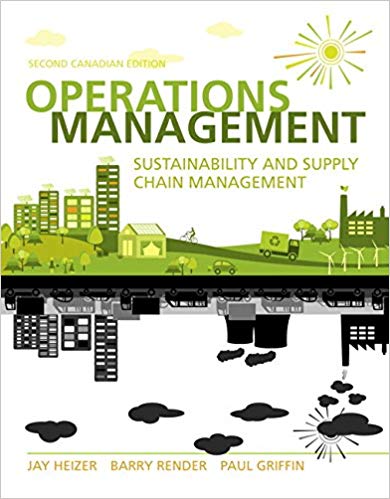Staffer Diane Bowles, who carries the title Clinical Practice Improvement Consultant, charts scores of processes. Bowless flowcharts
Question:
Staffer Diane Bowles, who carries the title “Clinical Practice Improvement Consultant,” charts scores of processes. Bowles’s flowcharts help study ways to improve the turnaround of a vacated room (especially important in a hospital that has pushed capacity for years), speed up the admission process, and deliver warm meals warm. Lately, APH has been examining the flow of maternity patients (and their paperwork) from the moment they enter the hospital until they are discharged, hopefully with their healthy baby, a day or two later. The flow of maternity patients follows these steps:
1. Enter APH’s Labour & Delivery (L&D) check-in desk entrance.
2. If the baby is born en route or if birth is imminent, the mother and baby are taken directly to Labour & Delivery on the second floor and registered and admitted directly at the bedside. If there are no complications, the mother and baby go to step 6.
3. If the baby is not yet born, the front desk asks if the mother is preregistered. (Most do preregister at the 28- to 30-week pregnancy mark). If she is not, she goes to the registration office on the first floor.
4. The pregnant woman is then taken to L&D Triage on the eighth floor for assessment. If she is in active labour, she is taken to an L&D room on the second floor until the baby is born. If she is not ready, she goes to step 5.
5. Pregnant women not ready to deliver (i.e., no contractions or false alarm) are either sent home to return on a later date and reenter the system at that time, or if contractions are not yet close enough, they are sent to walk around the hospital grounds (to encourage progress) and then return to L&D Triage at a prescribed time. 6. When the baby is born, if there are no complications, after two hours, the mother and baby are transferred to a “mother–baby care unit” room on the third, fourth, or fifth floors for an average of 40–44 hours.
7. If there are complications with the mother, she goes to an operating room and/or intensive care unit. From there, she goes back to a mother–baby care room upon stabilization—or is discharged at another time if not stabilized. Complications for the baby may result in a stay in the neonatal intensive care unit (NICU) before transfer to the baby nursery near the mother’s room. If the baby is not stable enough for discharge with the mother, the baby is discharged later.
8. Mother and/or baby, when ready, are discharged and taken by wheelchair to the discharge exit for pickup to travel home.
Required
1. As Diane’s new assistant, you need to flowchart this process. Explain how the process might be improved once you have completed the chart.
2. If a mother is scheduled for a Caesarean-section birth (i.e., the baby is removed from the womb surgically), how would this flowchart change?
3. If all mothers were electronically (or manually) preregistered, how would the flowchart change? Redraw the chart to show your changes.
4. Describe in detail a process that the hospital could analyze, besides the ones mentioned in this case.
Step by Step Answer:

Operations Management Sustainability and Supply Chain Management
ISBN: 978-0133764345
2nd Canadian edition
Authors: Jay Heizer, Barry Render, Paul Griffin





